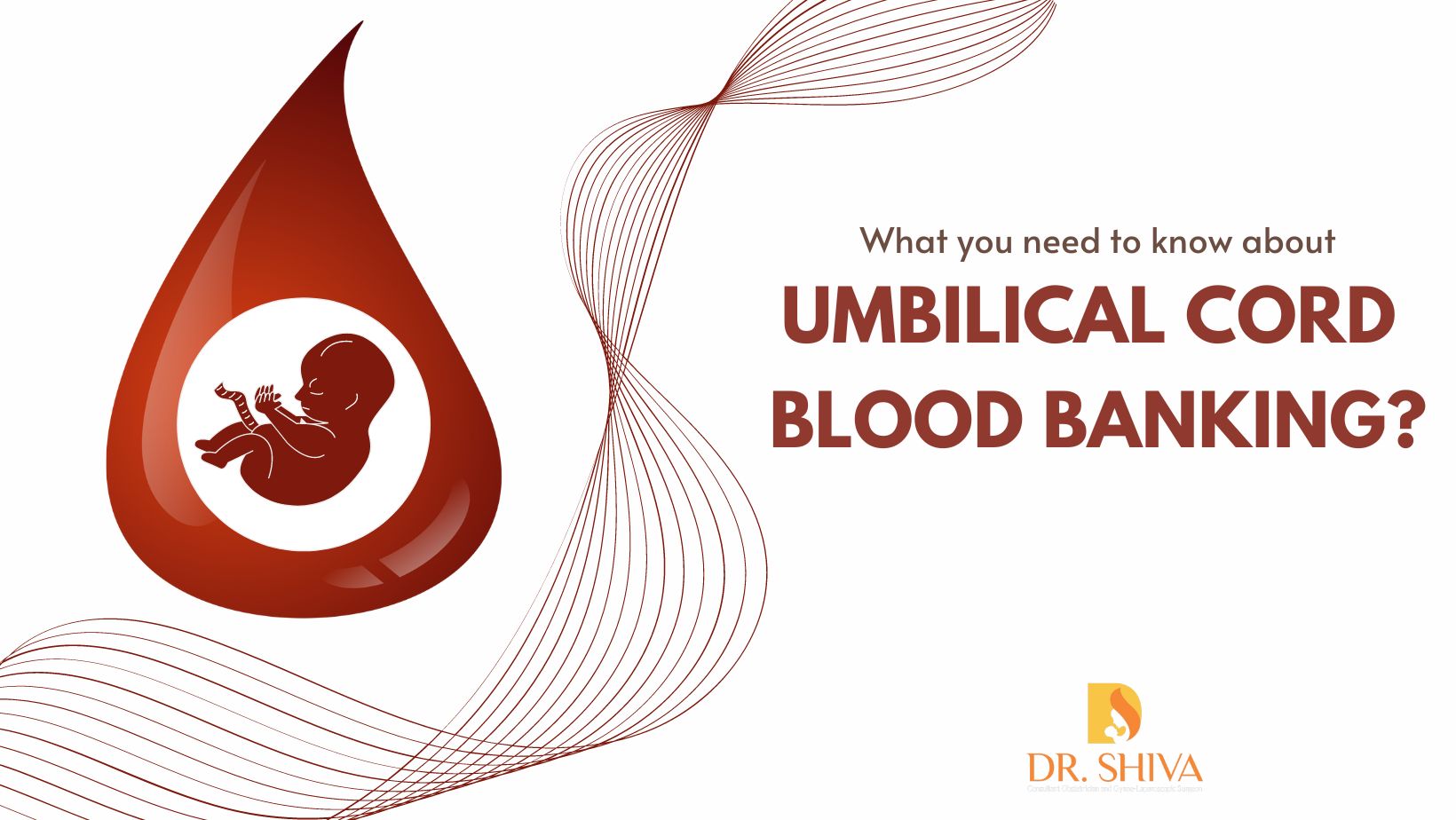Cord Blood Banking:
Cord Blood Collection:
Cord blood is the blood collected from the umbilical twine and placenta after childbirth.
The assortment process is non-invasive and happens after the child is born and the umbilical cord is clamped and cut.
Processing and Storage:
The collected twine blood is processed to isolate and retailer the stem cells it incorporates.
baby decor ideas incorporates hematopoietic stem cells, which may turn into numerous blood cells and are used within the treatment of sure illnesses like leukemia and other blood disorders.
The processed cord blood is then cryogenically preserved and stored in specialised amenities for long-term storage.
Medical Applications:
Cord blood stem cells can be used in hematopoietic stem cell transplantation, particularly for sufferers with sure genetic problems, cancers, and blood-related illnesses.
Private vs. Public Cord Blood Banks:
Private cord blood banks retailer twine blood for the exclusive use of the infant and their household.

Public wire blood banks gather and store cord blood for public use, making it obtainable to anyone in need.
Tissue Banking:
Tissue banking involves the gathering and preservation of various tissues for potential medical use. This can embody:
Sperm and Egg Banking:
Sperm and egg banks store reproductive cells for fertility preservation.
Individuals facing medical treatments which will impact their fertility, similar to chemotherapy, may choose to financial institution sperm or eggs for future use.
Bone and Connective Tissue Banking:
Bone and connective tissues, corresponding to tendons and ligaments, could be harvested from donors and preserved to be used in orthopedic and reconstructive surgeries.
Cornea and Eye Tissue Banking:
The corneas of deceased donors could be preserved and used for corneal transplants to revive vision.
Skin Tissue Banking:
Skin tissue may be donated, processed, and saved to be used in grafts for burn victims or individuals with severe skin accidents.
Heart Valve Banking:
Heart valves may be recovered from donors and preserved for use in valve substitute surgical procedures.
Umbilical Cord Tissue Banking:
In addition to wire blood, the tissue from the umbilical wire itself incorporates a different kind of stem cell. This tissue may have potential therapeutic functions and can also be being banked by some amenities.
Both wire blood banking and tissue banking present priceless sources for medical treatments, analysis, and future therapies. They offer options for individuals and households to preserve biological materials that will have medical significance down the line, whether for their own use or for the good thing about others in need..
